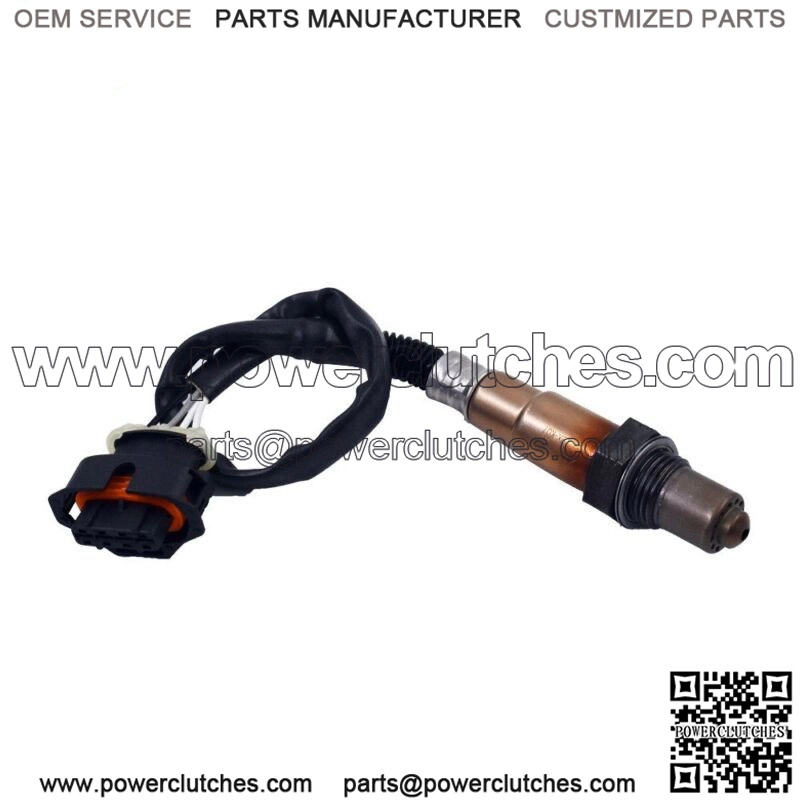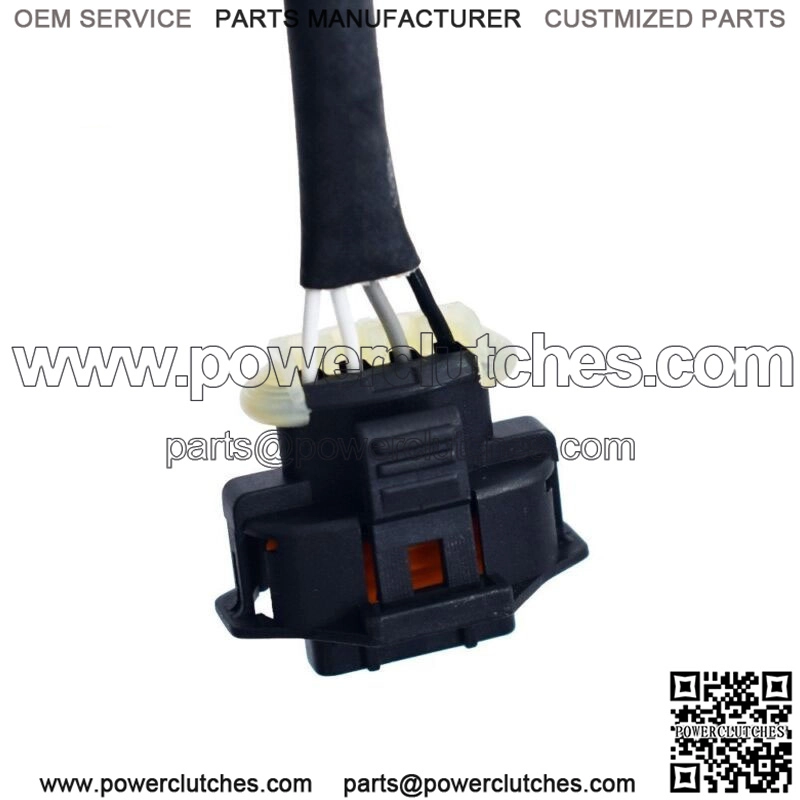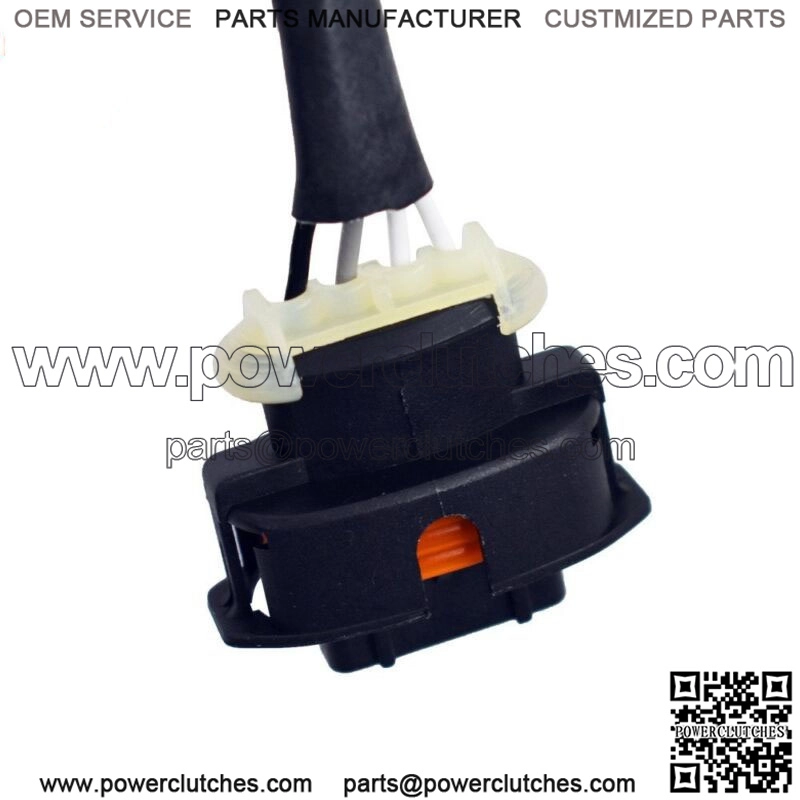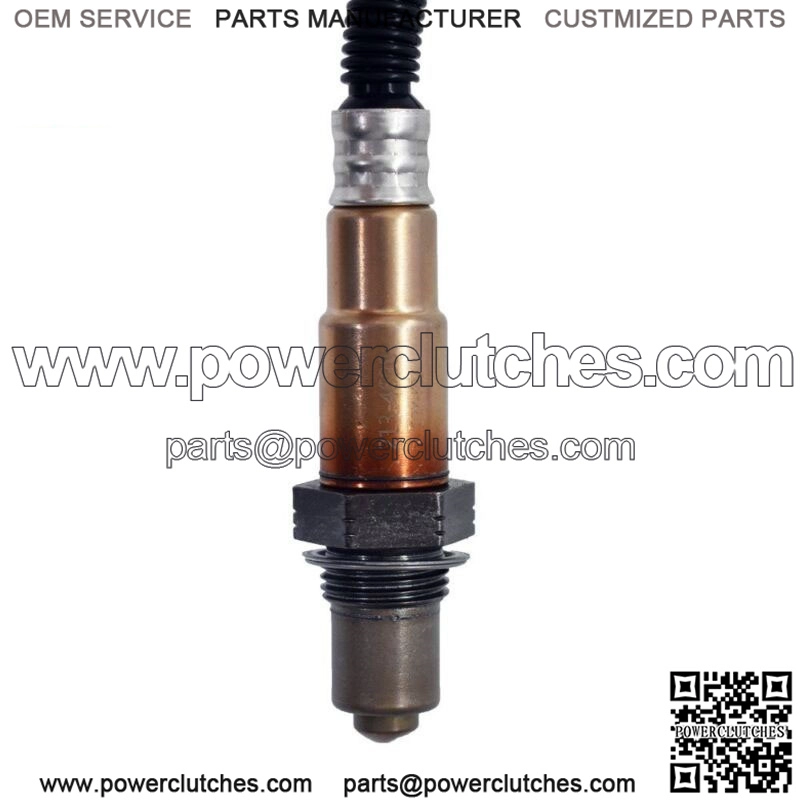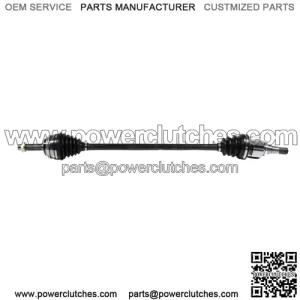Premium O2 Oxygen Sensor for Chevrolet Cruze 1.4 1.8L Downstream 2011-15
Product categories
- ATV Parts (3927)
- Bicycle Parts (5)
- Car Parts (9680)
- Go Kart Parts (40)
- Golf Cart Parts (1677)
- Lawn Mower Parts (1590)
- Minibike Parts (5)
- Motorboat Parts (198)
- Motorcycle Parts (2656)
- Other Parts (363)
- Scooter Parts (646)
- Simple Types (2)
- Snowmobile Parts (224)
- Tractor Parts (2316)
- Uncategorized (1)
- UTV Parts (2576)
- Variable Type (1)
Product tags
Make Model Engine Year Notes CHEVROLET CRUZE L4-1.4 2015-2011 Downstream CHEVROLET CRUZE L4-1.8 2015-2011 Downstream CHEVROLET SONIC L4-1.4 2015 Downstream CHEVROLET SONIC L4-1.4 2014 Downstream CHEVROLET SONIC L4-1.4 2013 1st Design; Upstream Sensor with Black Shell; Downstream CHEVROLET SONIC L4-1.4 2013 2nd Design; Upstream Sensor with Gray Shell; Downstream CHEVROLET SONIC L4-1.4 2012 Downstream CHEVROLET SONIC L4-1.8 2015-2012 Downstream CHEVROLET TRAX L4-1.4 2014 Downstream CHEVROLET TRAX L4-1.4 2013 1st design; Upstream sensor with black shell; Downstream CHEVROLET TRAX L4-1.4 2013 2nd design; Upstream sensor with gray shell; Downstream Q: Why does the oxygen sensor give a false alarm after installation A: Clearing the errors can be obtained on most systems if the vehicle battery is disconnected for at least 60 seconds. Assignment of new sensor parameters is performed automatically after clearing the errors, but some systems require a short adaptation tour. In this case, the vehicle must be driven on the road for 10-15 minutes for the ECU to adapt to the new sensor. Q: How do I know if the O2 sensor is good or not A: The only way to know if the O2 sensor is functioning properly is to check its response to changes in the air-fuel mixture by measuring voltage or simulating the waveform. Q: How do I install the oxygen sensor A: Below are the installation instructions: Use the correct part number listed in the application catalog. Do not use the sensor if it has been dropped. Remove the protective cap immediately before installation. Install the sensor housing first, making sure the wire is not twisted or bent. Do not use an impact wrench or socket wrench to install the sensor. M18 sensors – install by hand, then tighten 1/2 – 3/4 of a turn with a wrench (35 – 45 Nm). Then connect and route the wire as originally installed. Do not allow the wire to contact the exhaust manifold or any other hot component. Do not apply any substances (especially oil or grease) to the sensor connector. Do not use leaded fuel, silicone or metal based additives.
